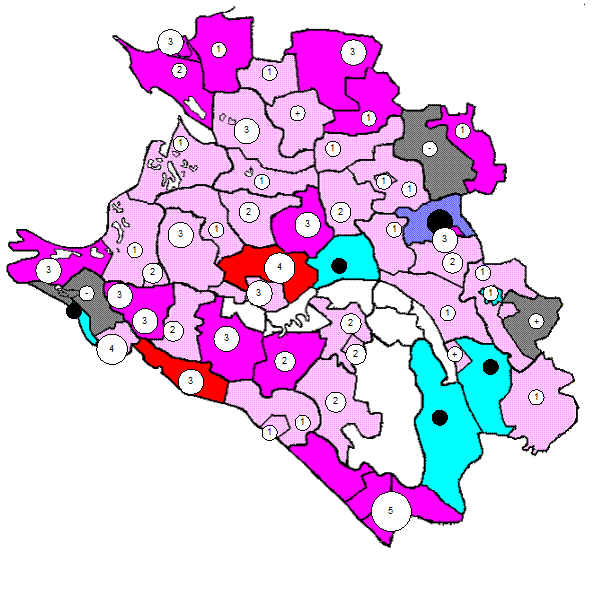UNIT 15NAVIGATION ANDCATEGORIES OF NAVIGATION
AIM OF THE UNIT: - to describe navigation and categories of navigation - to understand the case category of the noun
TASKS 1 Do your best to answer the brainstorming questions. 2 Read the text for general understanding. 3 Make up questions to the text. 4 Find the sentences with the new words in the text. Give the Kazakh or Russian equivalents of the words. 5 Write sentences with the new vocabulary. 6 Do the given exercisesfor better remembering the topic.7 Grammar point: find the passive sentences in the text. 8 Speak on the topic. Given schemes and questions will help you to remember and understand the topic. 9 Find more information about the topic. Do some research, create slideshow or a project work and present them.
1 What is navigation? 2 How can navigation systems be categorized? 3 How many kinds of navigation systems do you know? 4 What do radio systems consist of? 5What do celestial systems measure? Navigation is the determination of the position and velocity of a moving vehicle on land, at sea, in the air, or in space. The three components of position and the three components of velocity make up a six-component state vector. With the advent of the Global Positioning System (GPS), surveyors use the same sensors as navigators. But they achieve higher accuracy as a result of longer periods of observation and more complex post processing. In the usual navigation system, the state vector is derived on-board, displayed to the crew, recorded on-board, or transmitted to the ground. Navigation information is usually sent to other on-board subsystems, such as the waypoint steering, communication control, display, weapon-control, and electronic warfare (emission detection and jamming) computers. Some navigation systems measure a vehicle’s state vector using sensors on the ground or in another vehicle. They called position location systems.They usually supply information to a dispatch or control center. The external sensors usually track passive radar returns or a transponder. Navigation systems can be categorized as absolute navigation systems, dead-reckoning navigation systems, or mapping navigation systems. Absolute navigation systems measure the state vector without regard to the path traveled by the vehicle in the past. These are of two kinds: radio systems and celestial systems. Radio systems consist of a network of transmitters (sometimes transponders) on the ground or in satellites. A vehicle detects the transmissions and computes its position relative Navigation Systems 18-3 to the known positions of the stations in the navigation coordinate frame. The vehicle’s velocity is measured from the Doppler shift of the transmissions or from a sequence of position measurements. The second of the absolute navigation systems, celestial systems, measures the elevation and azimuth of celestial bodies relative to local-level and true north. Electronic star sensors are used in special-purpose high-altitude aircraft and in spacecraft. Manual celestial navigation was practiced at sea for millennia. Dead-reckoning navigation systemsderive their state vector from a continuous series of measurements beginning at a known initial position. There are two kinds: those that measure vehicle heading and either speed or acceleration and those that measure emissions from continuous-wave radio stations whose signals create ambiguous “lanes”. Dead reckoning systems must be updated as errors accumulate and if electric power is lost. The only dead reckoning radio system, Omega, was decommissioned in 1997. Lastly, mapping navigation systems observe and recognize images of the ground, profiles of altitude, sequences of turns, or external features. They compare their observations to a stored data base, often on compact disc. II. Grammar point:
|






